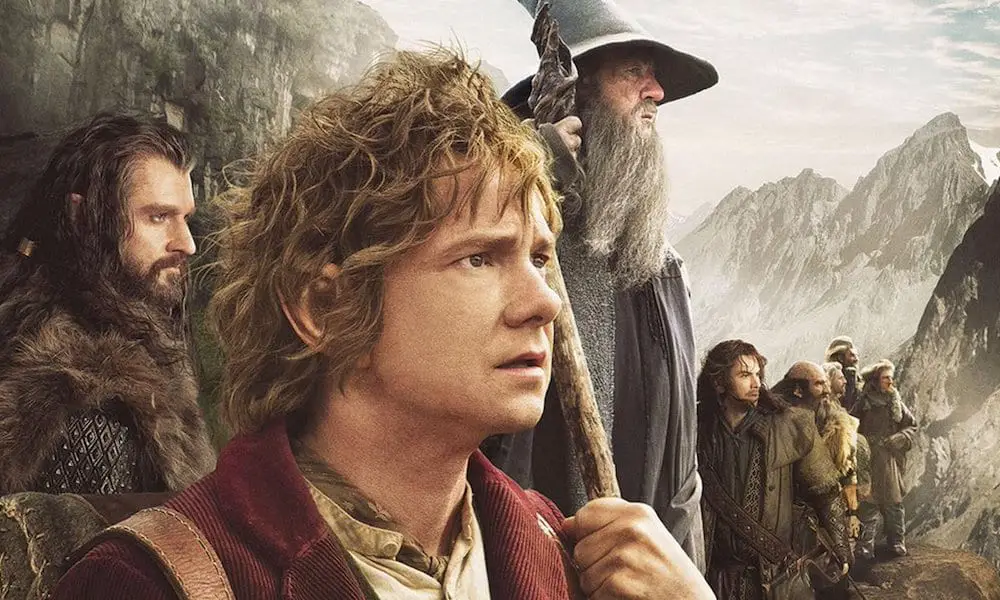🌈REPRESENTATION - LGBTQ+🌈
The LGBTQ is a community I am considering representing within my project. The acronym LGBTQ stands for lesbian, gay, bisexual, transgender, and questioning and/or queer. It is also commonly referred to as the gay/queer community, utilizing gay and queer as an umbrella term. The group represents people of different genders and sexualities other than heterosexual and cisgendered.
The Way He Looks (2014) depicts a young, blind, Brazilian boy. He is often made fun of for his disability. He later realizes he is gay after developing a relationship with a classmate. His best friend disagrees with the relationship, due to jealousy and the fear of being replaced. The teen faces lots of bullying from the individuals at his school, but by the end, he learned to accept and ignore them, as well as come to terms with his relationship and healed his friendship. Overall, the boy is represented as a normal teenage boy, however, he has a disability. He faces the problem of bullying (however, not for his sexuality) and has a female best friend.
Moonlight (2016) follows the life of a young black boy from childhood to adulthood. Throughout his life, he slowly realizes he is gay and is even romantically involved with a friend during his teen years. He is grown up with a mother that has a drug-addiction, faced bullying, had a parental figure of a drug-dealer that helped guide him, and grew up to be one himself. In his adulthood, he meets the man he had the intimate interaction within a restaurant and he learns to accept his sexuality. Ultimately, the man is represented as going through the common life of a black person who lives in poverty, faces bullying for his sexuality, and goes through denial and confusion of his sexuality (internalized homophobia).
Typically gay men are depicted and known as their stereotype, with feminine gender expression, dramatic behavior, over-expressive hand gestures, and a valley-girl like accent. They are also usually white (in broadcasting, cable, and streaming services, more than 60% of the LGBTQ individuals shown were white). Unlike the typical representation, in “The Way He Looks”, one of them has a disability, which, disabilities are not commonly represented in the first place. The boys are also Brazilian, which breaks the white gay man stereotype, however, both boys are light-skinned and white-passing. Gay men are usually depicted as a girl’s best friend, and the main character of the film is indeed best friends with a girl, however, rather than being a side character of the gay best friend of a female protagonist, he is the protagonist of the film. Not to mention, not often are gay men actually shown getting involved in intimate and loving relationships as most are just shown as side characters. I believe this movie fairly represented a gay relationship, as it is shown and developed like any other heterosexual relationship. However, it could have done a better job showing what troubles LGBTQ individuals go through, regarding their sexuality.
Additionally, moonlight is special in its representation as it depicts a gay black man. Black individuals, on top of not being commonly represented in mainstream media (However, the representation is growing), gay black men are rarely shown. The representation also showed him going through both struggles regarding sexuality and living in a poor black neighborhood. The man is also quite masculine presenting, which is also uncommon in depictions of feminine, skinny gay men. He is also seen hanging out with boys rather than girls; Gay men and boys are often seen being friends with girls rather than boys as they are shown more in touch with feminine attributes. I believe the way the LGBTQ community is represented in this film is excellently done and really shows the experiences of an LGBTQ person while also highlighting experiences of another minority group, which shows that LGBTQ people could be of any color and gender expression, not just white and feminine.
I would retain the representation characteristics of showing LGBTQ people with disabilities, different ethnicities, races, and gender expressions because it shows how diverse the LGBTQ community actually is, and how anyone can be a part of the community no matter their background. I would challenge showing more transgender people in the media, as they are the least represented people in the LGBTQ community and seeing more queer women in the media that are not overly sexualized to appeal to a male audience. I would also challenge the media to show more intimacy and love between the LGBTQ individuals. As much as there is romance and intimacy implied, overall very little is visually shown in my two examples compared to how much would be shown of a heterosexual relationship.
LGBTQ-topic[PDF]. (2018, March 8).
WWAT GLAAD 2017-2018[PDF]. (n.d.). GLAAD.
SOURCES:
WWAT GLAAD 2017-2018[PDF]. (n.d.). GLAAD.
LGBTQ-topic [PDF]. (2018, March 8).
LGBTQ-topic[PDF]. (2018, March 8).
WWAT GLAAD 2017-2018[PDF]. (n.d.). GLAAD.
LGBTQ-topic[PDF]. (2018, March 8).
WWAT GLAAD 2017-2018[PDF]. (n.d.). GLAAD.







/cdn.vox-cdn.com/uploads/chorus_image/image/55061015/wall_ecover.0.jpg)



